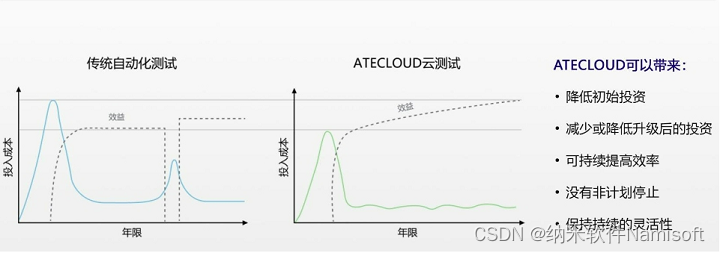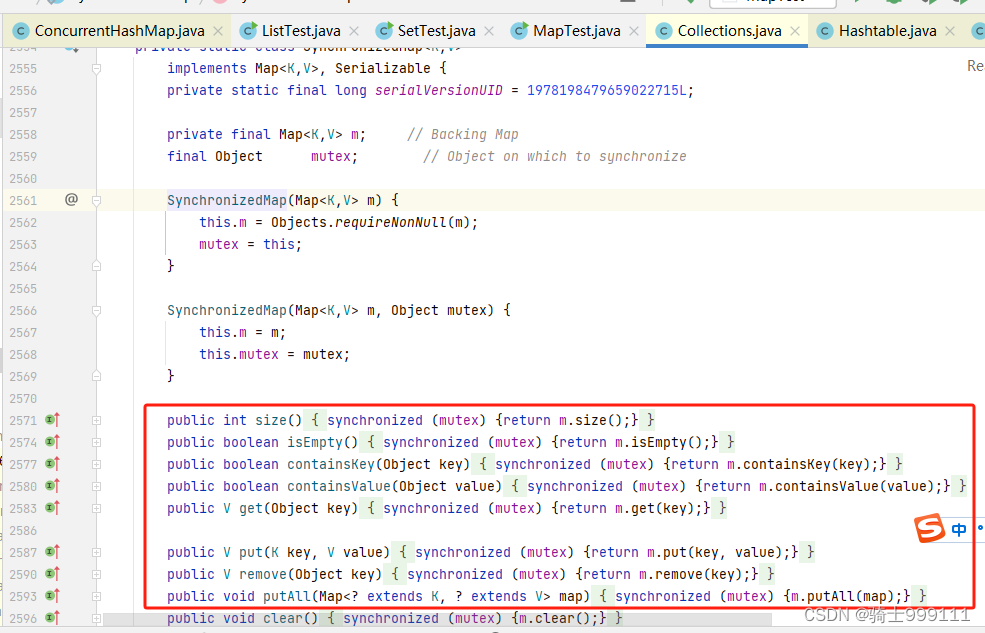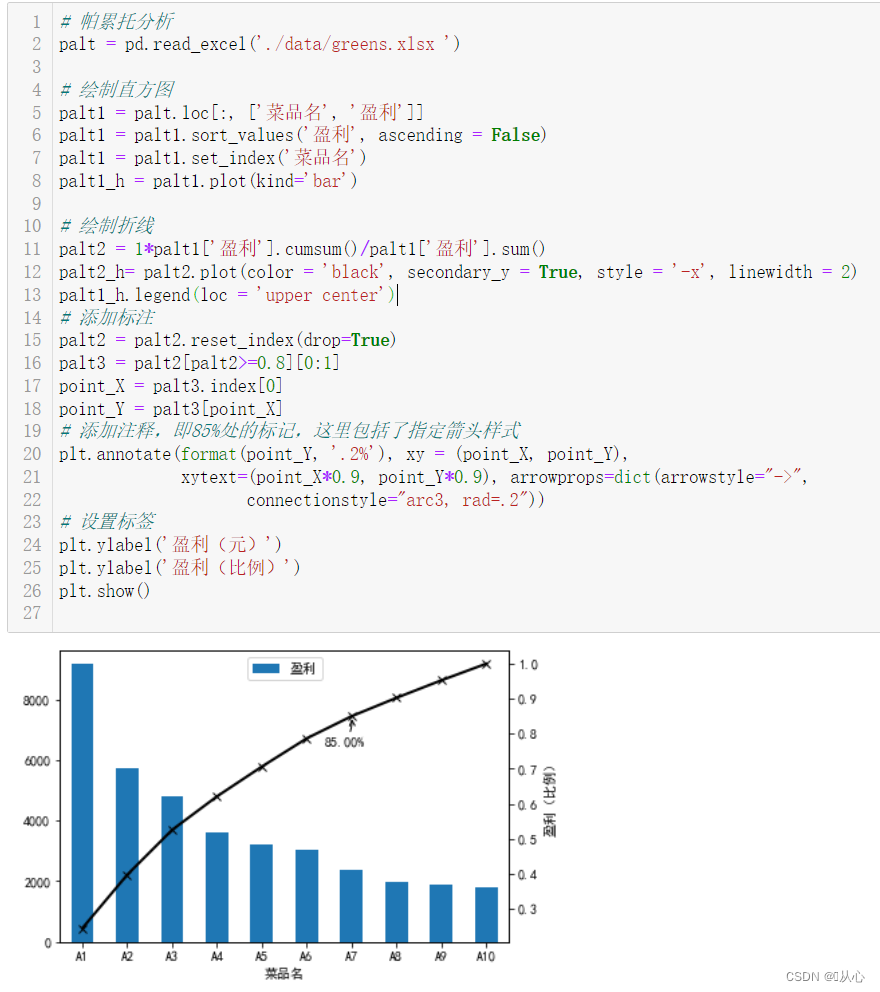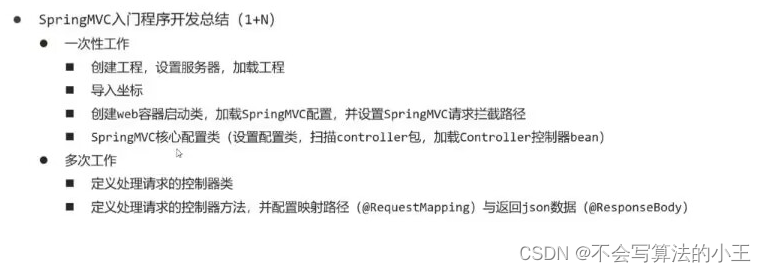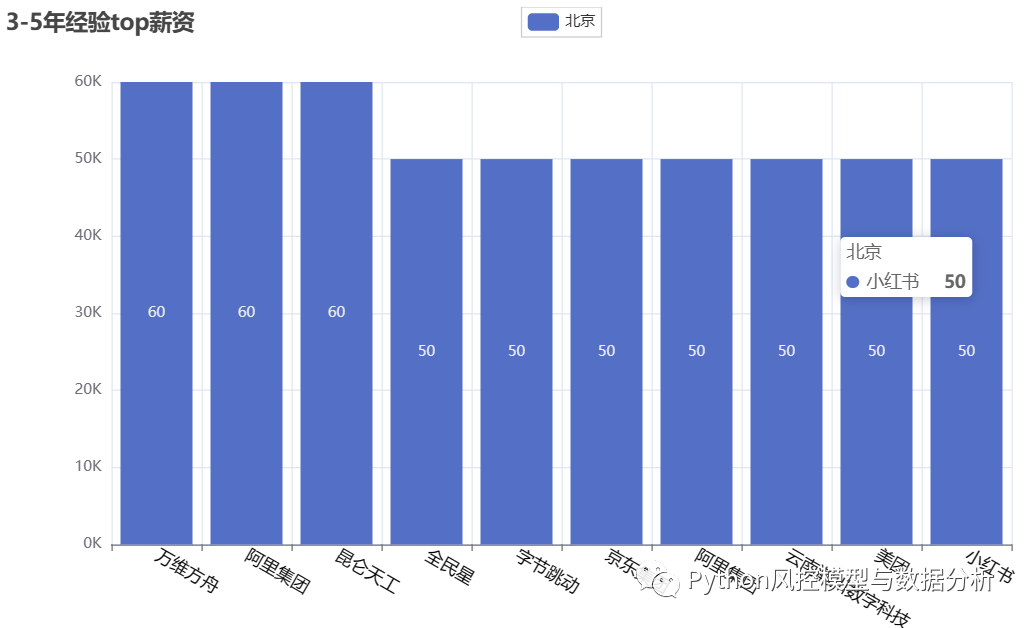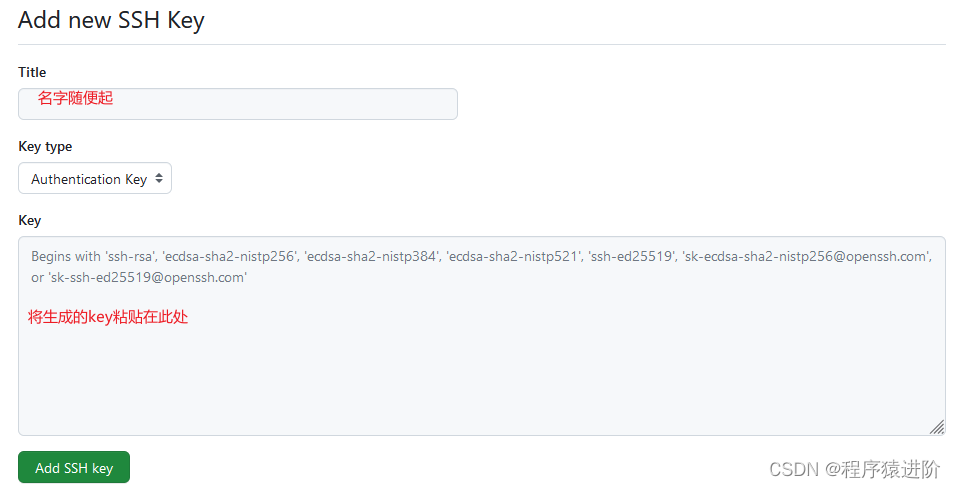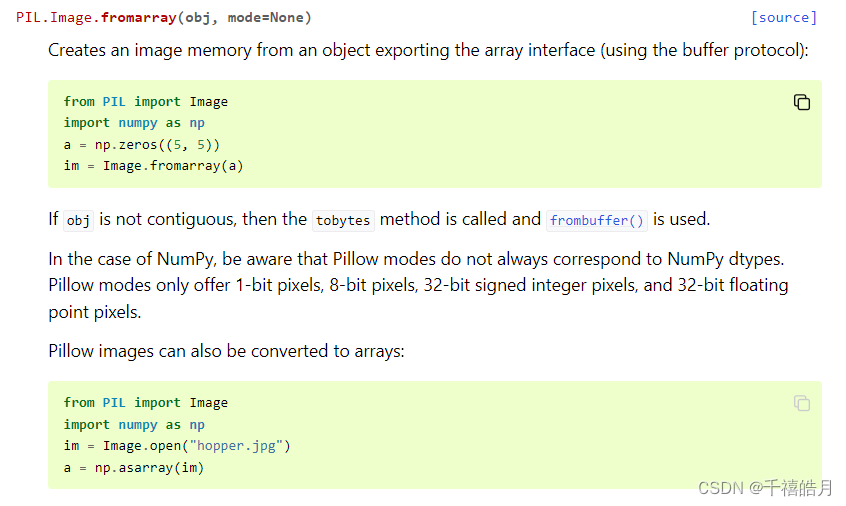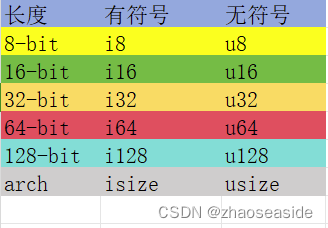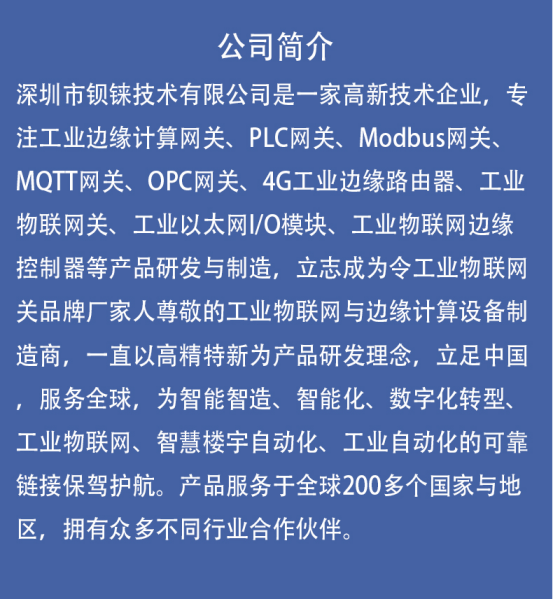引言
当涉及到Spring框架中的依赖注入时,@Autowired和@Resource是两个常用的注解。它们都可以用来注入Bean,并且在实际开发中经常被使用。然而,@Autowired和@Resource之间存在一些重要的区别,包括适用范围、注入规则和注解来源等方面。
在这篇博客中,我们将深入探讨@Autowired和@Resource的区别,帮助读者更好地理解这两个注解的作用和使用场景。我们将从基本概念开始,介绍@Autowired和@Resource的定义和用法,然后逐步比较它们之间的异同点。通过本文,读者将能够清晰地理解@Autowired和@Resource的区别。
无论是初学者还是有经验的开发人员,都可以通过本文对@Autowired和@Resource的区别有一个清晰的认识,从而更好地应用它们在实际项目中。希望本文能够为读者提供有益的知识,帮助他们更好地理解Spring框架中的依赖注入机制。
两个注解的区别
@Autowired和@Resource都是用于自动装配的注解,它们有一些相同点和不同点。
相同点:
- 自动装配:两者都可以用于自动装配Spring Bean,省去了手动配置Bean的过程。
- 都支持byName和byType的自动装配方式。
不同点:
- 来源:@Autowired是Spring提供的注解,而@Resource是JSR-250规范定义的注解,因此@Autowired是Spring特有的,而@Resource是Java EE的一部分,因此可以在不使用Spring的情况下使用@Resource。
- 作用对象:@Autowired可以用在构造方法、属性、方法和参数上,而@Resource只能用在字段上。
- 依赖性:@Autowired是按照类型进行自动装配,而@Resource默认按照名称进行自动装配,如果找不到匹配的bean名称,再按照类型进行匹配。
- 可选性:@Autowired默认要求依赖对象必须存在,如果找不到合适的Bean,会抛出异常。而@Resource默认是允许依赖对象不存在的,可以通过设置required属性来控制是否必须存在。
@Autowired和@Resource都是用于自动装配Spring Bean的注解,但它们的使用方式、来源和一些细节上有所不同。
代码示例
创建一个TestService接口和两个TestServiceImpl1、TestServiceImpl2实现类
//TestService.java
public interface TestService {
String test();
}
//TestServiceImpl1.java
@Service
public class TestServiceImpl1 implements TestService{
@Override
public String test() {
return "test1";
}
}
//TestServiceImpl2.java
@Service
public class TestServiceImpl2 implements TestService {
@Override
public String test() {
return "test2";
}
}
默认命名规则:如果没有显式指定Bean的名称,则Spring会使用默认的命名规则。默认的命名规则是使用类的名称,首字母小写作为Bean的名称。例如,一个名为UserService的类会被默认命名为"userService"。
测试@Autowired
使用@Autowired进行注入
@RestController
public class UserController {
@Autowired
TestService testService;
@GetMapping("/hello")
public String test() {
return testService.test();
}
}
IDEA直接提示报错,提示这儿不止一个TestService类型
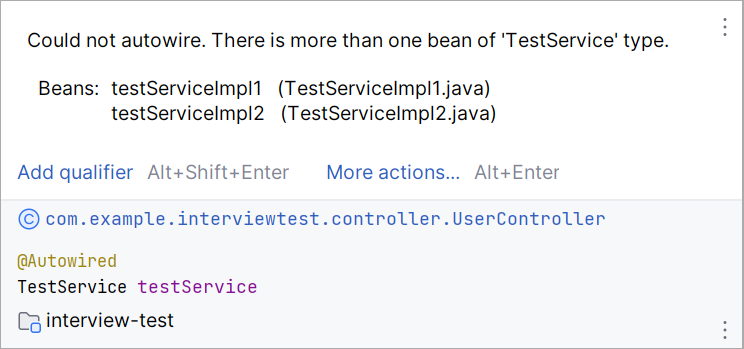
加上一个@Qualifier注解(@Qualifier是Spring框架中用来指定具体要注入的Bean的注解。通常与@Autowired一起使用,当有多个实现类满足@Autowired的要求时,可以使用@Qualifier指定具体要注入的Bean的名称。)
此处指定一个Bean的名称
@RestController
public class UserController {
@Autowired
@Qualifier("testServiceImpl1")
TestService testService;
@GetMapping("/hello")
public String test() {
return testService.test();
}
}

重新指定一个Bean
@RestController
public class UserController {
@Autowired
@Qualifier("testServiceImpl2")
TestService testService;
@GetMapping("/hello")
public String test() {
return testService.test();
}
}
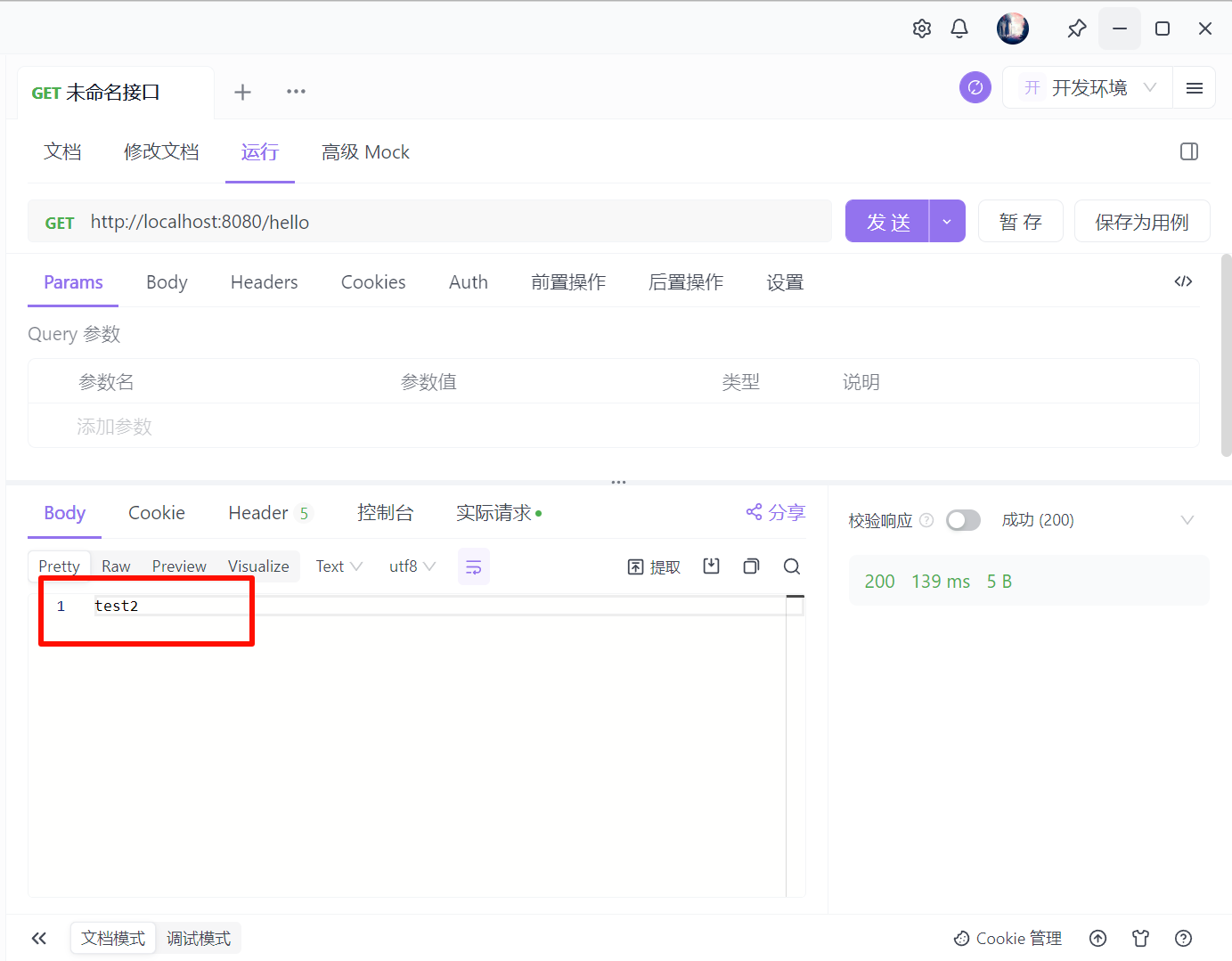
测试@Resource
基于之前的UserController,将注入方式修改为@Resource
@RestController
public class UserController {
@Resource
TestService testService;
@GetMapping("/hello")
public String test() {
return testService.test();
}
}
IDEA没有提示报错,但是运行报错,@Resource是根据Bean的名称注入,如果找不到匹配的bean名称,再按照类型进行匹配,此处通过名称并未找到bean,通过类型也未找到相应的bean
启动报错:
No qualifying bean of type ‘com.example.interviewtest.service.TestService’ available: expected single matching bean but found 2: testServiceImpl1,testServiceImpl2
指定bean的名称
@RestController
public class UserController {
@Resource(name = "testServiceImpl1")
TestService testService;
@GetMapping("/hello")
public String test() {
return testService.test();
}
}
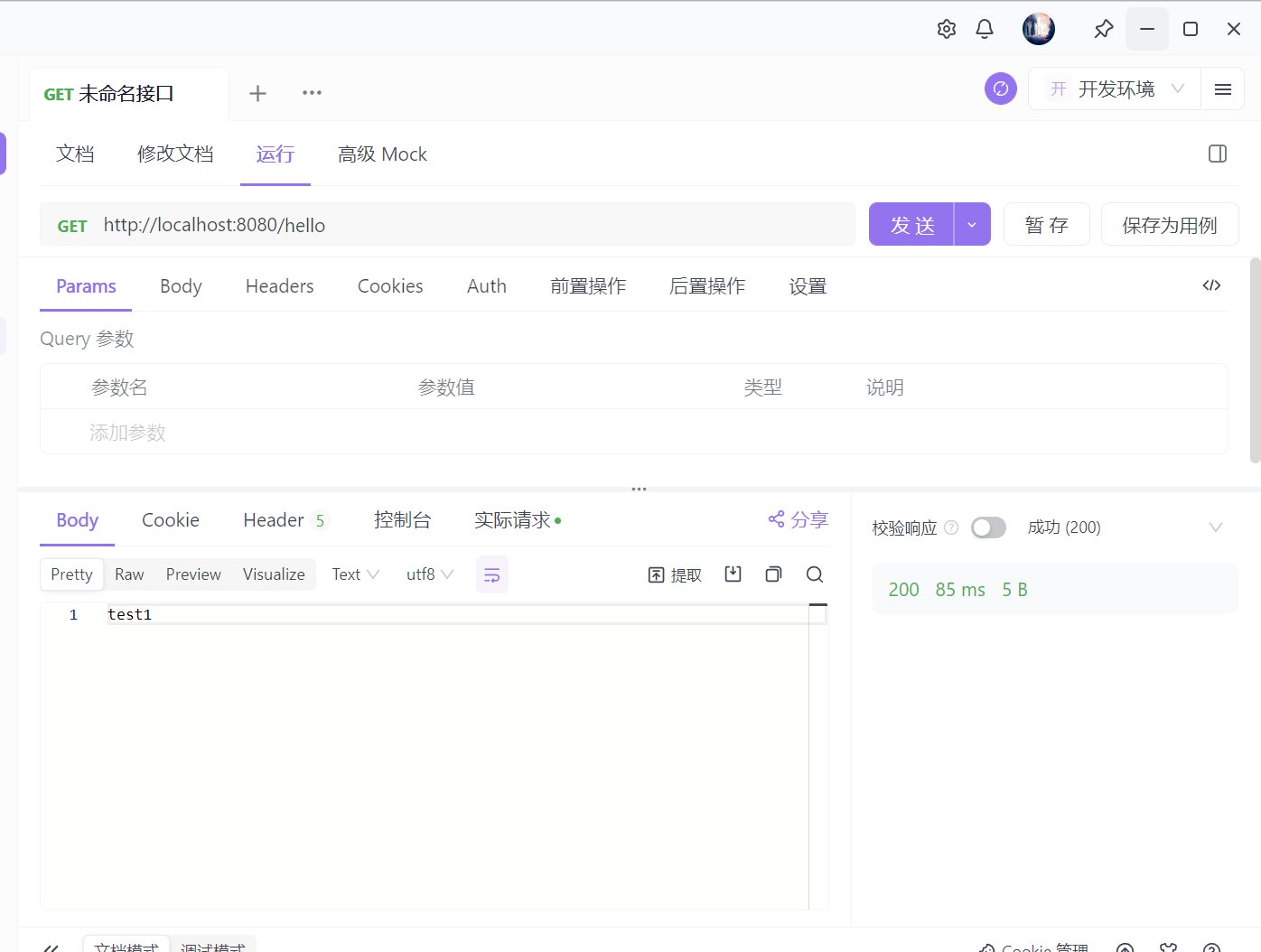
指定另一个bean的名称
@RestController
public class UserController {
@Resource(name = "testServiceImpl2")
TestService testService;
@GetMapping("/hello")
public String test() {
return testService.test();
}
}
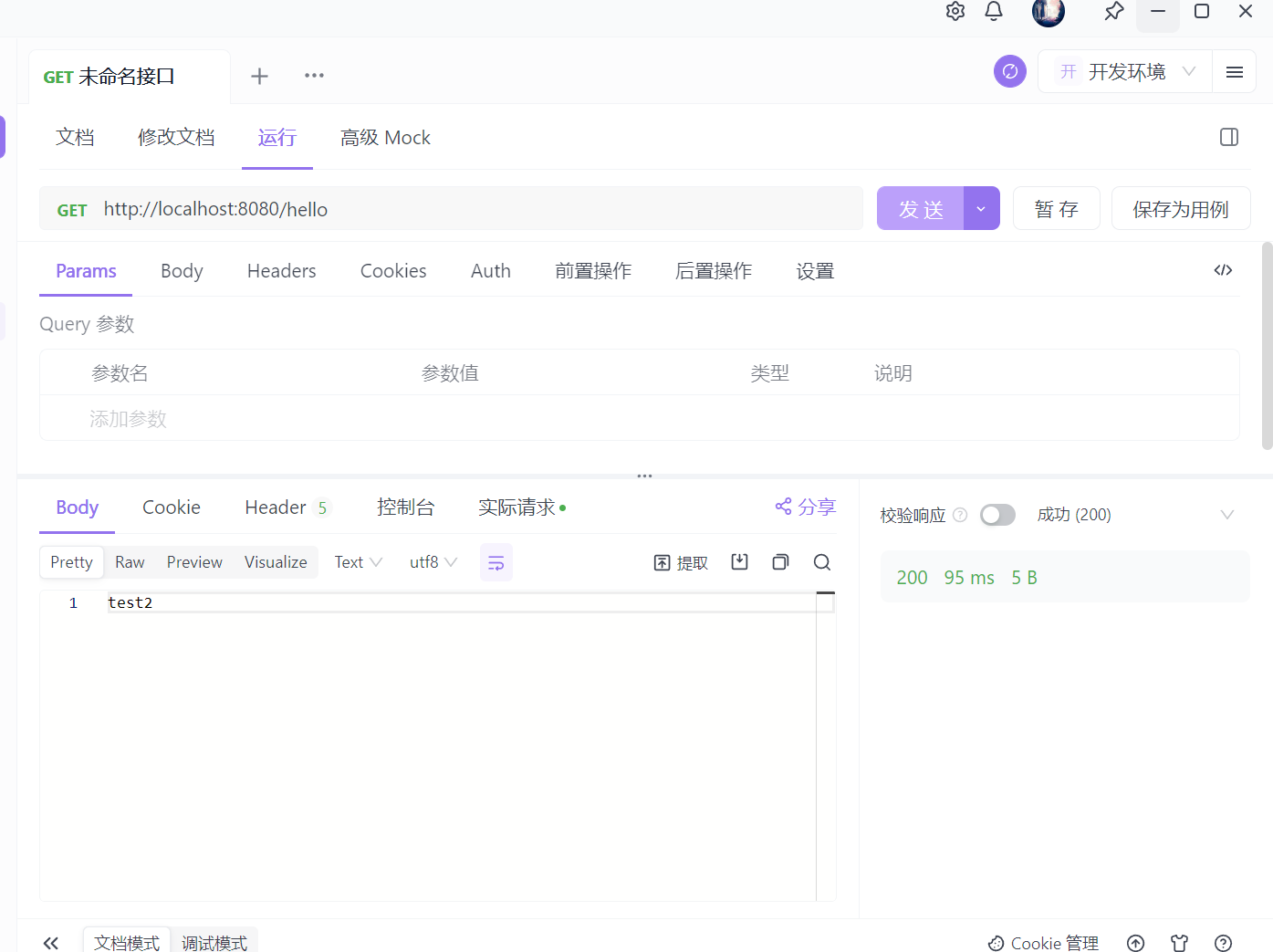
参考资料
@Autowired和@Resource的区别是什么?_哔哩哔哩_bilibili
